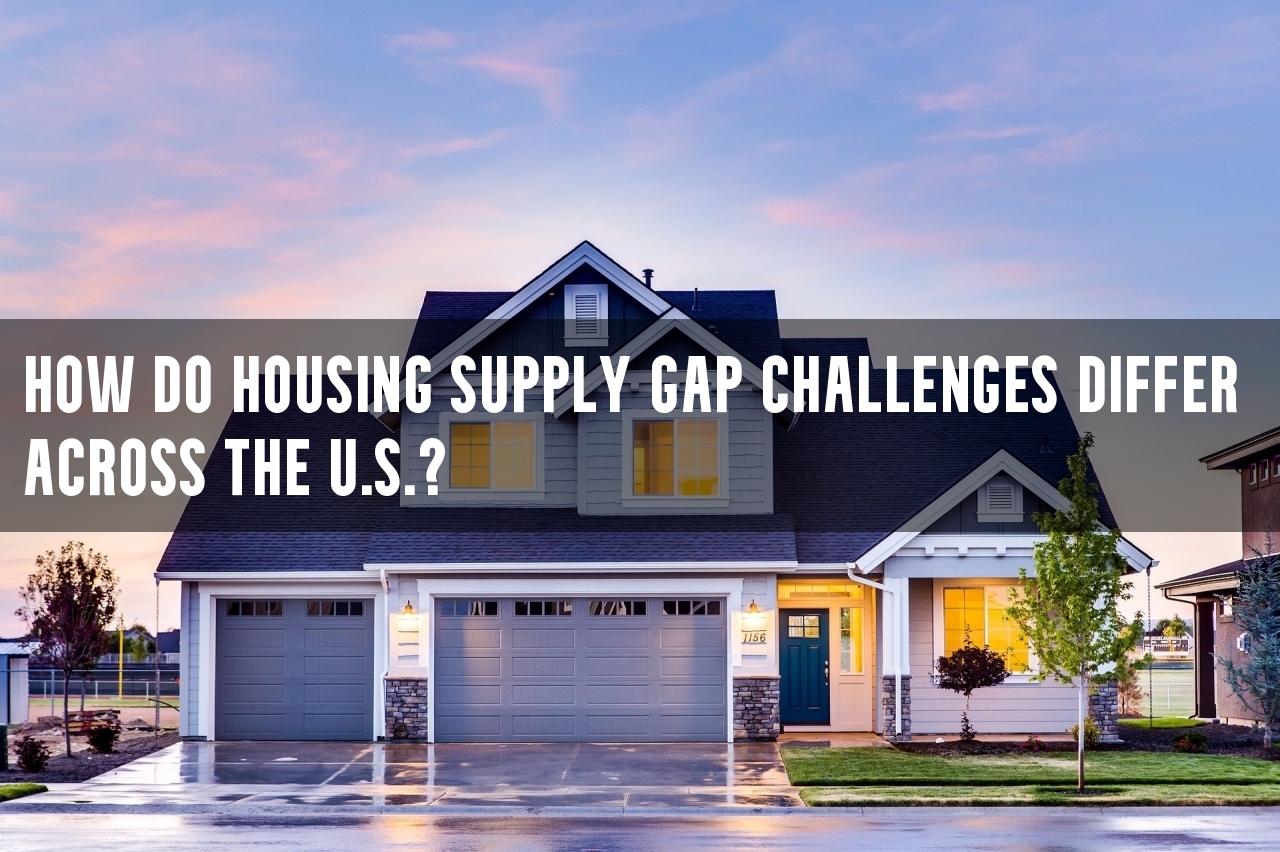Hi, I’m Pete Carroll, executive of public policy at CoreLogic and this week we’re going to discuss how housing supply gap challenges differ across the U.S.
In this episode we want to explore how the needs of communities across the U.S. differ from one another and why solutions to our housing supply gap crisis need to be responsive to these differences.
Let’s return to our housing-supply-gap-as-a-ladder analogy. There are observable trends that apply to each rung in the ladder, which tend to be true for all communities across the U.S.
For example, the most economically disadvantaged people (who earn less than half of what their neighbors earn) live in multifamily rental housing. These tend to be poor communities that are too often struggling with crime and lack of economic mobility and require subsidies for affordable rents.
Likewise, those with low to moderate income (who earn somewhere between half of what their neighbors earn to a little more than what their neighbors earn) tend to live in better quality communities with more economic opportunity, including homeownership. Though subsides are still needed for the low-income end of the spectrum.
And finally, more economically advantaged people, or those who earn more than their neighbors, live in wealthier communities where people are fully in control of their rent versus buy decision.
With this said, different communities often have very different visions for the type of housing that should fill their supply gaps. For example, in Memphis, Tennessee, communities across all rungs of the ladder are focused on single-family detached—the typical 1-unit, white-picket-fence American dream home. Whereas in Columbus, Ohio, for example, their housing supply gap is so acute, over 1 million units need to be added in the next 5 years, and communities are focused on the gamut of housing options, including single-family attached (2-4 unit), multifamily condominiums and apartments, and even novel housing such as manufactured or prefabricated “off-site” developed homes and accessory dwelling units...

